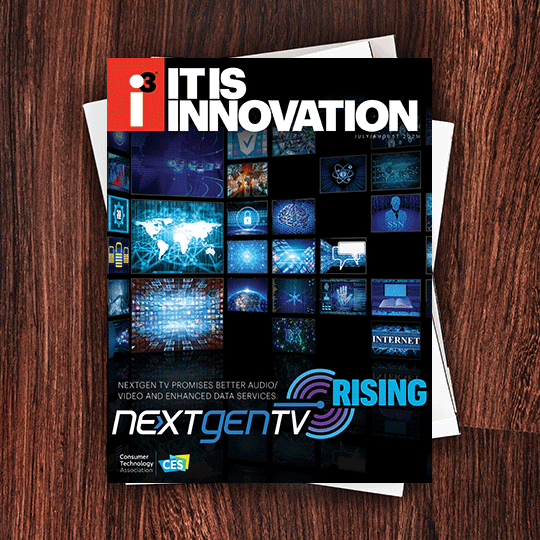Malware is a term that describes malicious software, including ransomware and viruses. Malware breaches a network when a user clicks a dangerous link or email attachment that installs risky software. Once inside the system, malware can disrupt components and render the system inoperable or install software to steal the victim’s information.
Phishing is the practice of sending fraudulent communications that appear to come from a trusted source, usually through email. The goal is to steal sensitive data like credit card and login information or to install malware on the victim’s machine.
Spoofing is when an attacker impersonates an authorized device or user to steal data, spread malware or bypass access control systems.
Eavesdropping occurs when a hacker intercepts, deletes or modifies data transmitted between two devices. A type of man-in-the-middle (MitM) attack, eavesdropping occurs when hackers insert themselves into a two-party transaction, interrupt the traffic and then steal the data.
This should cover the device, apps and the cloud. Weaknesses associated with the app, and particularly the cloud, is far more damaging. Rather than hacking a specific user’s product, manipulating the cloud can simultaneously hack many products of the same type.
Insecure devices can compromise your privacy.
Protecting the whole network rather than individual devices is what products like Bitdefender Box, F-Secure Sense, Firewalla and Trend Micro Home Network Security do. Once activated, these protection systems scan all traffic passing in and out of your home network, preventing intrusions, and blocking hacking attempts and web threats.
Some of these solutions simply join the network and do its security work without taking on the tasks of a router. Others can also function as a router. Either way the end result provides insight into what’s on your network, along with what your computers and mobile devices are doing, such as:
Additional steps to protect against cyberattack without the assistance of protective software include:
Firms routinely release security updates for devices such as laptops and smartphones to address software vulnerabilities. The same could be done for consumer technology devices. Some of these updates are automatic, but others require users to install them — worth the effort to avoid being a victim.

I3, the flagship magazine from the Consumer Technology Association (CTA)®, focuses on innovation in technology, policy and business as well as the entrepreneurs, industry leaders and startups that grow the consumer technology industry. Subscriptions to i3 are available free to qualified participants in the consumer electronics industry. SUBSCRIBE